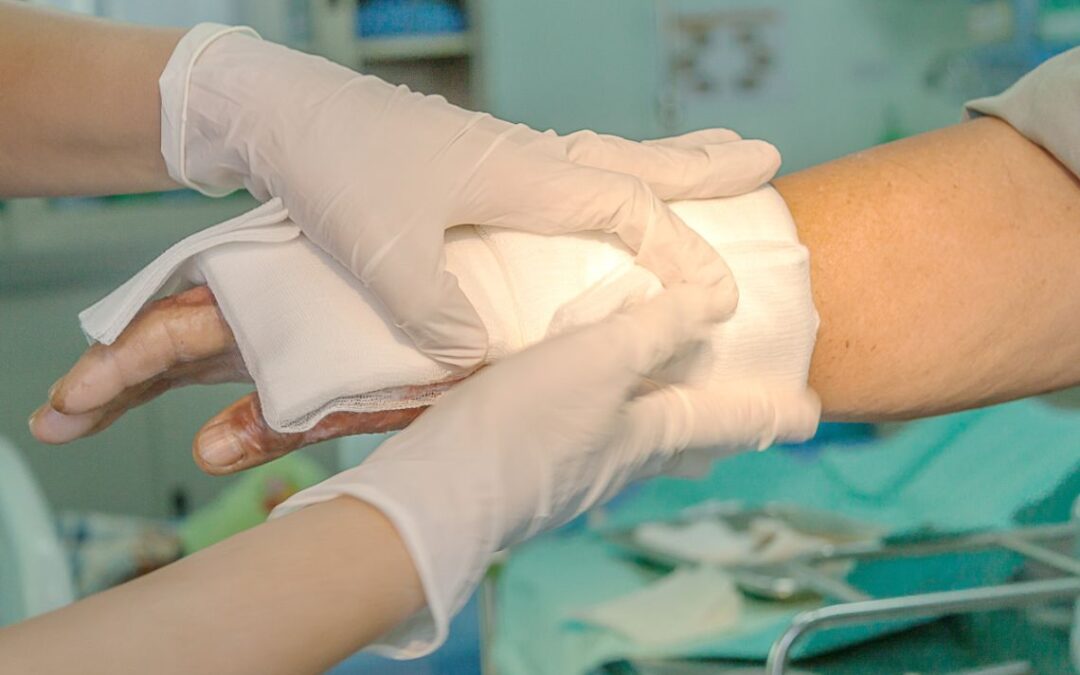Porcine tissues and other pig co-products are used in various medical and scientific fields to further technological innovations and help improve people’s lives. Pigs are a perfect candidate for biomedical research because there are many similarities between pigs and humans that help increase the useability and success rates for new medical devices and procedures.
The Challenges of Wound Healing
When we get a cut or a burn, our bodies go through a complex process of healing the wound. Various biological systems are involved to protect the wound site, fight infections and generate new skin cells. For serious dermal injuries like large burns or deep wounds, extra assistance is needed to help the wound heal and minimize scarring.
Skin grafts are a traditional means of wound healing but can be a challenge. Allografts – tissue grafts where donor and recipient are of the same species – like other donor organs, can be costly and in low supply. Because of these challenges, researchers in fields like regenerative medicine are looking for other alternatives to treat wounds and wound care.
Benefits of Porcine Tissue in Wound Healing
- In wound healing, the skin of a pig is better suited for study than other animals since a pig’s skin behaves much like human skin.
- Composed of the same three layers: epidermis, dermis, hypodermis
- Thickness of pig skin and human skin is similar
- Porcine collagen and elastin are made up of similar biochemicals
- Pig skin protects the body and organs in a similar way to human skin
Because of these similarities, porcine tissues and materials are being used in innovative ways to meet the challenges of traditional wound healing procedures:
Models for new treatment innovations.
Pig skin is used to study innovative wound treatments because of its similarities with human skin. Pig skin is a tissue model that is plentiful and versatile to be used in a wide range of clinical scenarios to treat various types of injuries.
Use of xenografts.
Where allografts can provide challenges of supply, porcine xenografts (tissue grafts where donor and recipient are of different species) are an alternative that works just as well with no noticeable differences with human allografts. Also, porcine materials for wound healing can be genetically modified to reduce issues of rejection with the recipient.
Use of porcine ECMs for faster healing.
Porcine materials are being used in the treatment of wounds and regenerative medicine to improve the healing process. Porcine ECMs (extracellular matrix) can be used in conjunction with xenografts or as a gel to accelerate tissue regeneration and wound healing. ECMs are essentially building blocks that doctors can use to bioengineer other tissues and internal structures that can be used in tissue grafting and other regenerative therapies.
The use and harvest of pig co-products help to eliminate waste when harvesting pigs for food and allows for a more sustainable approach to agriculture. As scientists look for new ways to heal others and improve current technologies, the use of porcine tissues and materials remain an important part in creating new innovations.
Let's Collaborate
With SSR and Johnsonville LLC, we offer flexible partnership options. Let's explore how we can work together to achieve your goals.


